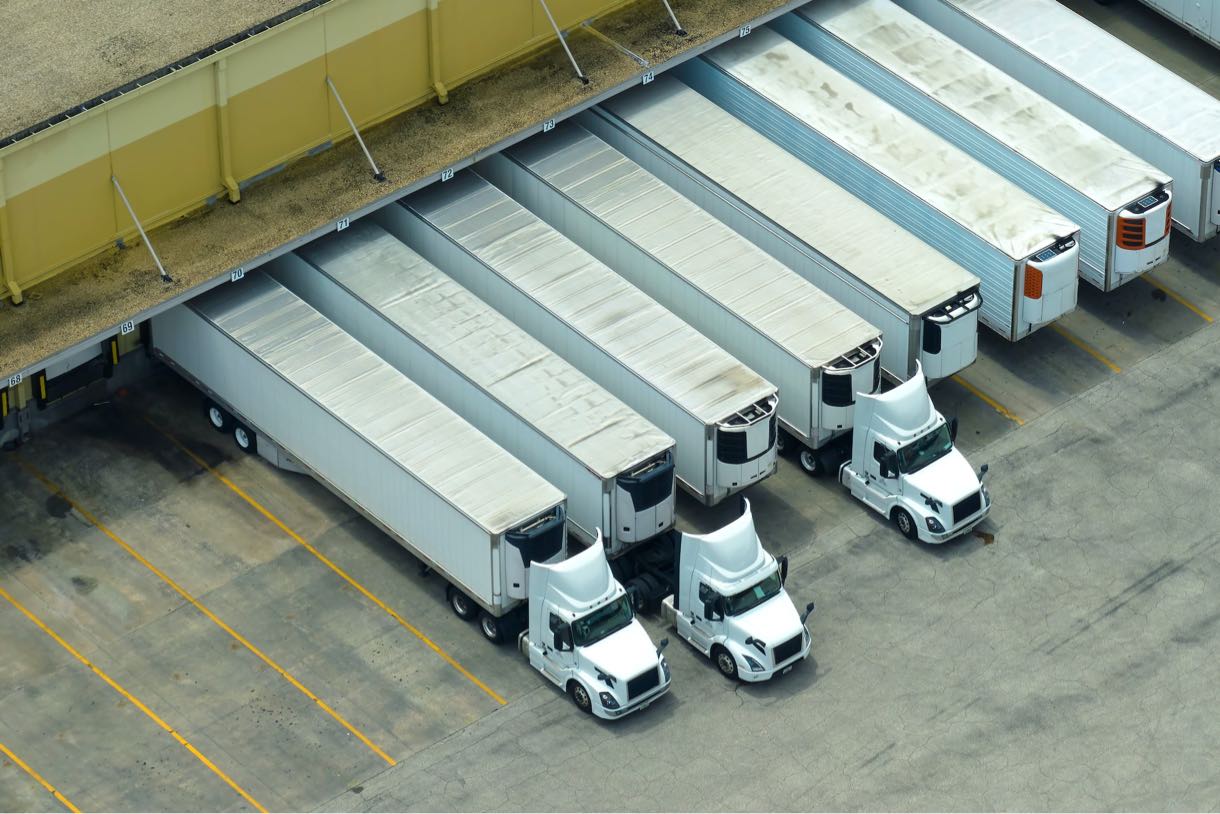Trucking is still the most important aspect of the huge panorama of logistics that is the North American continent since it ensures that goods, products, vehicles, and necessary commodities can be delivered to every nook and corner. The ebb and flow of this complicated network, which extends for thousands of kilometers, is determined by a wide variety of factors, including the dynamics of the market, legislation, labor issues, and technology breakthroughs, to mention a few. A check of the industry’s pulse indicates that it is now experiencing a variety of conflicting patterns as we go closer and closer to the end of the year. While our neighbors to the north in Canada are seeing a resurgence in the spot market, the trucking sector in the United States is struggling with difficulties that have the potential to transform its future.
Therefore, it is of the utmost importance to investigate these patterns in depth, comprehend the intricacies of each, and evaluate the ramifications of each. An industry that plays such an important role in the economy of the United States and is responsible for the transportation of a major portion of commodities across state lines merits careful investigation. Businesses, logistics providers, and other stakeholders are able to make decisions based on accurate information if they have a grasp of the present trajectory and can anticipate future alterations. Let’s get started on this trip by investigating the details of the patterns in U.S. transportation and the larger consequences of those trends.

- A Downward Trend: Recently, there was a decline in the spot market rates for truckers in the United States, and they reached their lowest levels since July 2020. This drop was mostly impacted by the continued fall in the flatbed category.
- Van Rates Show Promise: In contrast to the general trend, it is anticipated that the rates for vans will continue to remain at levels greater than those recorded in the spring. This confidence comes despite the fact that the Market Demand Index has decreased significantly from 60.3 to 58 in the space of a week, which indicates that there are less trucks available for every load.
- Comparison to Previous Rates: After seeing a gain of 2.5 cents the previous week, the total broker-posted rate dropped by around 3.5 cents the following week in a contrast to the previous week’s movement. These rates are currently around 11% lower than they were at the same time period in 2022, and they are almost 5% lower than the average over the past five years.

- Expectations Diminish: ACT Research, a preeminent industry researcher, has just altered its prediction, indicating that poorer projections are to be expected for the Class 8 truck and trailer industries. This is because a rebound in the freight markets has been so difficult to achieve.
- Spotlight on U.S. Class 8 tractors: Class 8 tractors and van trailers made in the United States are in the forefront of this price cut. Kenny Vieth, president of ACT and senior analyst, made some observations on the obstacles that freight metrics must overcome in order to acquire momentum. As a consequence of this, carriers now have smaller wallets, and it is anticipated that this would result in reduced industry build rates in the following year.
- Manufacturers’ Labor Woes: The sector’s manufacturers are having trouble recruiting the appropriate number of workers for their operations. The integrity of the supply chain is in jeopardy if these businesses cut output as a response to the falling demand for their products, which poses a looming threat.

- Scale-Up Challenges: In the event that these factors cause layoffs in the business, scaling up swiftly in the years 2025 and 2026 will be a significant obstacle to overcome. During these years, truckers from the United States and Canada, as well as dealers, would compete for each and every piece of available equipment.
- Price Hikes Looming: It is anticipated that the price of medium-duty and heavy-duty vehicles would increase by 12–14% as a result of the Clean Trucks regulation of the EPA, which is scheduled to go into effect in 2027. Because of this rise, original equipment manufacturers (OEMs) may be influenced to push for early EPA27 pre-buying in 2024 in the hope of balancing off any spikes in demand in 2026. On the other hand, this tactic is fraught with dangers that might make the current slump in the freight cycle much longer.
- Silver Linings in 2024: ACT Research suggests that there may be some mitigating variables for the year 2024, despite the underlying worries. These include pent-up demand for vocational trucks, an increase in demand for tractors in Mexico, and initiatives to retain workers, all of which have the potential to bring some relief to the US tractor industry, which has been experiencing a decline.

While the trucking industry in Canada may be experiencing an advantageous stage, the trucking industry in the United States is facing a number of issues. These challenges range from falling spot market rates to worries regarding future demand and supply in the transportation sector. These problems not only highlight the need of strategic planning and adaptation, but they also underscore the necessity for businesses and logistics providers to maintain vigilance in this continuously developing field.
Ship A Car, Inc. has risen to the top of the freight, heavy haul and vehicle transportation industry as the most dependable and productive company there is. SAC is always primed and ready to fulfill your requirements, no matter what kind of vehicle you need to transport. This applies regardless of whether you need to send a car, truck, motorcycle, freight or any heavy equipment and machinery. Their level of knowledge and dedication to providing high-quality service earned them an A+ rating from the Better Business Bureau.
- Why are rates in the United States spot market going down? The dropping flatbed segment is primarily responsible for the reduction in the spot market rates in the United States; however, other variables such as the present market circumstances also play a role in the development of this trend.
- How would the upcoming Clean Trucks legislation from the EPA affect the prices of trucks? The legislation, which is anticipated to go into effect in 2027, has the potential to add between 12% and 14% to the price of medium-duty and heavy-duty vehicles.
- When it comes to your requirements for shipping a vehicle, why should you pick Ship A Car, Inc.? Ship A Car, Inc. has an A+ rating with the Better Business Bureau (BBB), which demonstrates their commitment to providing high-quality service and assuring complete satisfaction for their clients.




